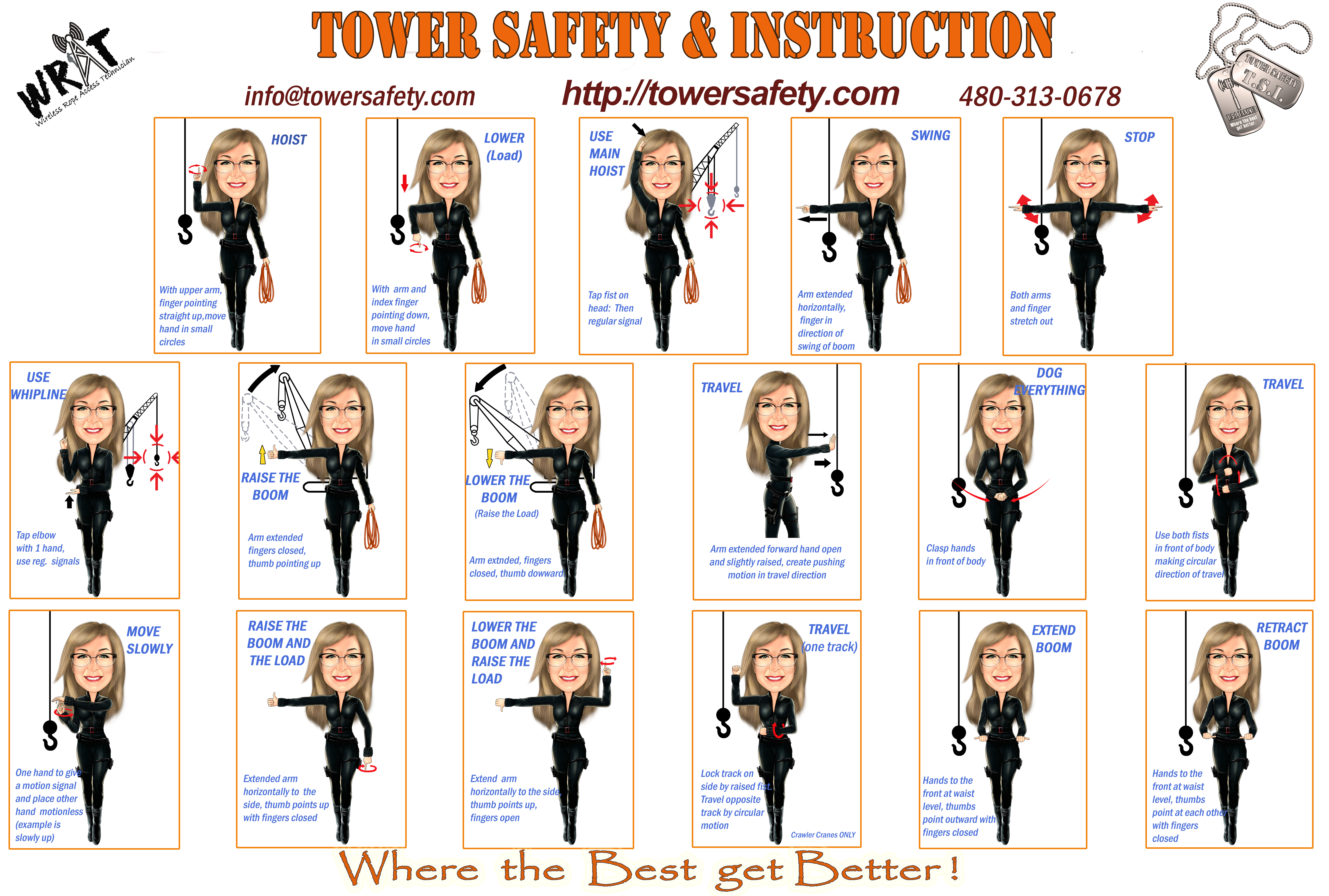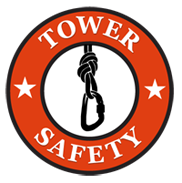Wireless Signal
Person
Tower Safety Instruction and provides training to be a wireless crane signal person!
Tower Safety and Instruction offers the Wireless Signal Person Training Course. This course meets the ASME B30.5 requirements applicable to general industry. “All signal persons must be tested and they must demonstrate qualification as a signal person” and it meets OSHA 1926 Subpart CC, signal person qualifications identified under 29CFR 1926.1419 and 1926.1428.
The course is a minimum of 8 hours of training, 6 classroom hours and 2 field training hours with 2 practical exams and 1 written exam according to industry guidelines, rules and regulations.
OSHA 1926.1419 Signals- General Requirements
(A) A signal person must be provided in each the following situations:
(1) The point of operation, meaning the load travel or the area near or at the load placement, is not in full view of the operator.
(2) When the equipment is traveling, the view in the direction of travel is obstructed.
(3) Due to site-specific safety concerns, either the operator or the person handling the load determines that it is necessary.
(B) Types of Signals. Signals to operators must be by hand, voice, audible, or new signals.
(C) Hand Signals
(1) When using hand signals, the Stand Method must be used (See Appendix A of this subpart. Exception: Where use of the Standard Method for hand signals is infeasible, or where an operation or use of an attachment is not covered in the Standard Method, non-standard hand signals may be used in accordance with paragraph (c)(2) of this section.
(2) Non-standard hand signals. When using non-standard hand signals, the signal person, operator, and lift director (where there is one) must contact each other prior to the operation and agree on the non-standard hand signals that will be used.
COURSE TOPICS:
- Terminology
- Requirements of 1926 Subpart CC
- Signal Person Responsibilities
- When is a signal person required
- American Society of Mechanical Engineers B30.3 & B30.5 Standard Hand, Voice, and Audible Signals
- Basic Crane characteristics and limitations
- Keeping clear of the load (Fall Zone)- swinging, raising, lowering, stopping loads and boom deflection
- Working around power lines
- Reaction to power line contact
- Causes of structural failures, mobile crane tipping
- Demonstrations Scenario Practice Course Review








